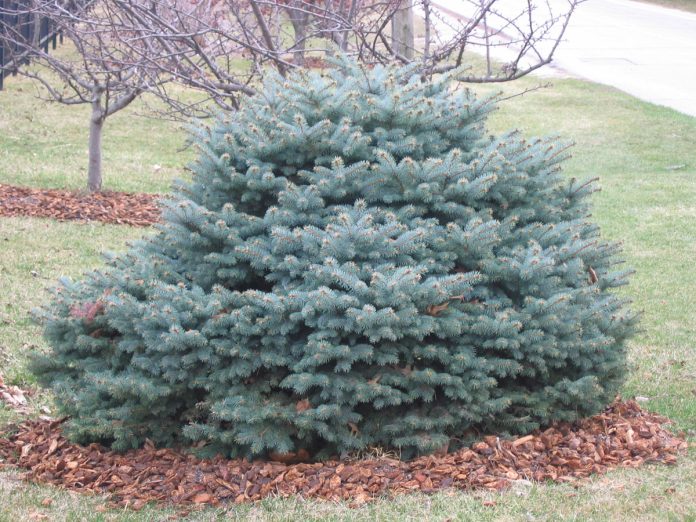When William Shakespeare wrote A Midsummer Night’s Dream in 1596, he created one of his most popular works. We wonder if he wrote it while inhaling the sweet fragrance of some garden flowers.
This is midsummer and not a bad time to dream. After all, we are generally laid back during the heat and vacation time of summer.
We recommend a little fragrance brought to you by mother nature, to induce some dreaming during your midsummer down time. Consider this list of our favourites:
Night Scented Stocks. What this annual flowering plant lacks in the good-looks department, it more than makes up for with an amazing, intoxicating scent. So sweet that you may only want to plant a few of these where you lounge during the evening hours. A bit late to plant now, buy the seeds and start some for next year’s garden.
Old Fashioned Nicotine. Yes, the stuff that gets demonized for its presence in tobacco. The long white flowers of old-fashioned nicotine attract hummingbirds and produce a wonderful, gently sweet fragrance all day, but is most noticeable at night when the air is still. Grows to a metre and a half so give it lots of space in a sunny position. Annual.
Fragrant Viburnum (Viburnum x carlcephalum). A winter hardy, springtime flowering favourite. Plant near your front door, an open window, or a place that you enjoy sitting outside during favourable weather. Matures to almost two metres high and 1.5 metres wide. Sun to partial sun.
Anise-Hyssop (Agastache foeniculum). An easy to grow perennial that produces a sweet licorice scent all summer long, into early fall. Long lasting flowers range from purple, blue to red. Grows to 80 cm. You can plant now. Sun.
Catmint (Nepeta). At one time there was just plain old catmint. Reliably winter hardy, early summer bloomer. The Sheridan Nurseries catalogue features 6 varieties and all the new hybrids flower extraordinary lengths of time. Cat’s Pajamas, for instance, blooms in blue from late spring to early fall. Plant now, or anytime. 40 cm. Great pollinator plant and yes, cats love catmint.
Lavender (Lavendula). Some years ago, we would not recommend lavender for a Toronto area garden as it was not reliably hardy. Thanks to the introduction of new hybrids and (sorry) climate change, lavender induces sweet romance and returns quite reliably in zone 5 (Barrie) gardens each spring. Look for Sweet Romance lavender for blossoms from about now through late fall. Grows to 30 cm. Sun.
Hyacinth. Named after the son of Apollo, who, legend has it, was struck dead and became a flower. Apollo’s loss is our gain, especially in the fragrance department. Plant as a bulb in about a month when the Dutch bulbs arrive at your local retailer. Hyacinths bloom midspring. We recommend that you plant them near your front door to greet you as you enter and leave the house.
Butterfly Bush. (Buddleia). An abundance of long panicles of flowers in the range of magenta/purple/blue and red with a distinct fragrance. Mark thinks they smell like a brewery: malty. Ben picks up nutty notes. Mark picked up a nutty note about 30 years ago and now they write a newspaper column together. Flowering now through fall. Remove the spent blossoms for best bloom performance. Look for hybrids that do not spread seeds through the neighbourhood as the original butterfly bush can be invasive. Attracts butterflies, go figure. Matures to 1.5 metres. Sun or partial sun.
Roses. Not all roses are fragrant but the best scent of them all, based on Mark’s experience, is hybrid tea Double Delight. However, Austin Roses are fragrant also. The original idea behind Austin roses was to breed the strength and performance of modern hybrid roses with the outstanding fragrance of heritage roses: thank you David Austin. Two generations later, we have a fabulous family of double flowering roses that lead the fragrance parade. Take your time looking over the selection at your local garden retailer.
Plant for fragrance and you might find yourself composing a play or a sonnet around midnight.
Mark Cullen is an expert gardener, author, broadcaster, tree advocate and Member of the Order of Canada. His son Ben is a fourth-generation urban gardener and graduate of University of Guelph and Dalhousie University in Halifax. Follow them at markcullen.com, @markcullengardening, and on Facebook.
19 C
Prince Albert
Thursday, April 25, 2024


